Bullet trains have dramatically transformed the transportation landscape by significantly reducing travel times between major cities. These high-speed marvels not only enhance connectivity but also offer an efficient and sustainable alternative to air travel. Understanding how bullet trains achieve such remarkable speed and efficiency reveals their impact on revolutionizing modern travel.
Technological Innovations Behind Bullet Trains
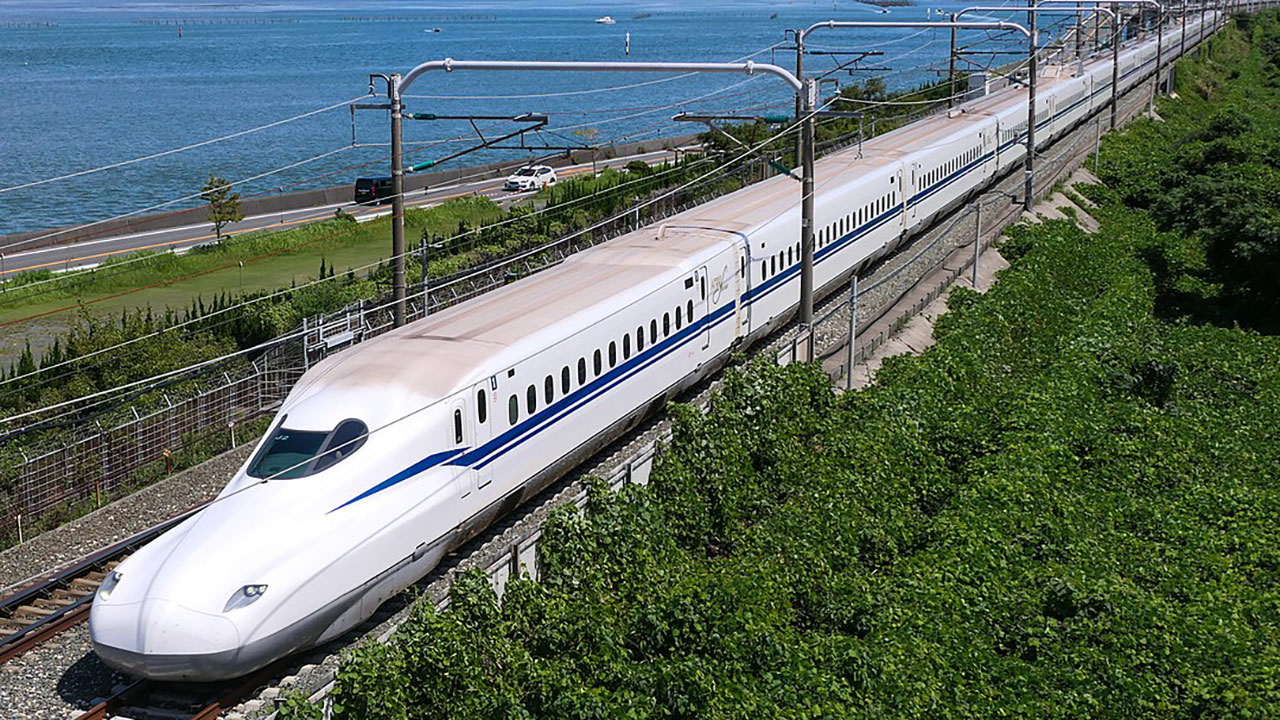
Advanced Aerodynamics and Design
The sleek, aerodynamic design of bullet trains is a critical factor in their ability to reach high speeds. Streamlined shapes minimize air resistance, allowing these trains to slice through the air with minimal drag. This not only enhances speed but also improves energy efficiency. The use of lightweight materials, such as aluminum and carbon composites, further contributes to stability and performance at high velocities.
Engineering techniques such as tilting mechanisms and active suspension systems are employed to maintain comfort and ride quality even when navigating curves at high speeds. These innovations are crucial for ensuring that passengers enjoy a smooth and quiet journey, which is a hallmark of bullet train travel.
Cutting-Edge Propulsion Systems
At the heart of bullet trains are powerful electric motors, which provide the necessary thrust to achieve and maintain high speeds. Some systems employ magnetic levitation (maglev) technology, which eliminates friction between the train and the tracks by using magnetic forces to lift and propel the train. This technology allows for even greater speeds and reduced maintenance costs.
Modern propulsion methods are significantly more energy-efficient compared to traditional diesel-powered trains. By utilizing electricity, often sourced from renewable energy, bullet trains offer a more sustainable mode of transportation. This shift not only reduces the carbon footprint but also aligns with global efforts to combat climate change.
Infrastructure Developments
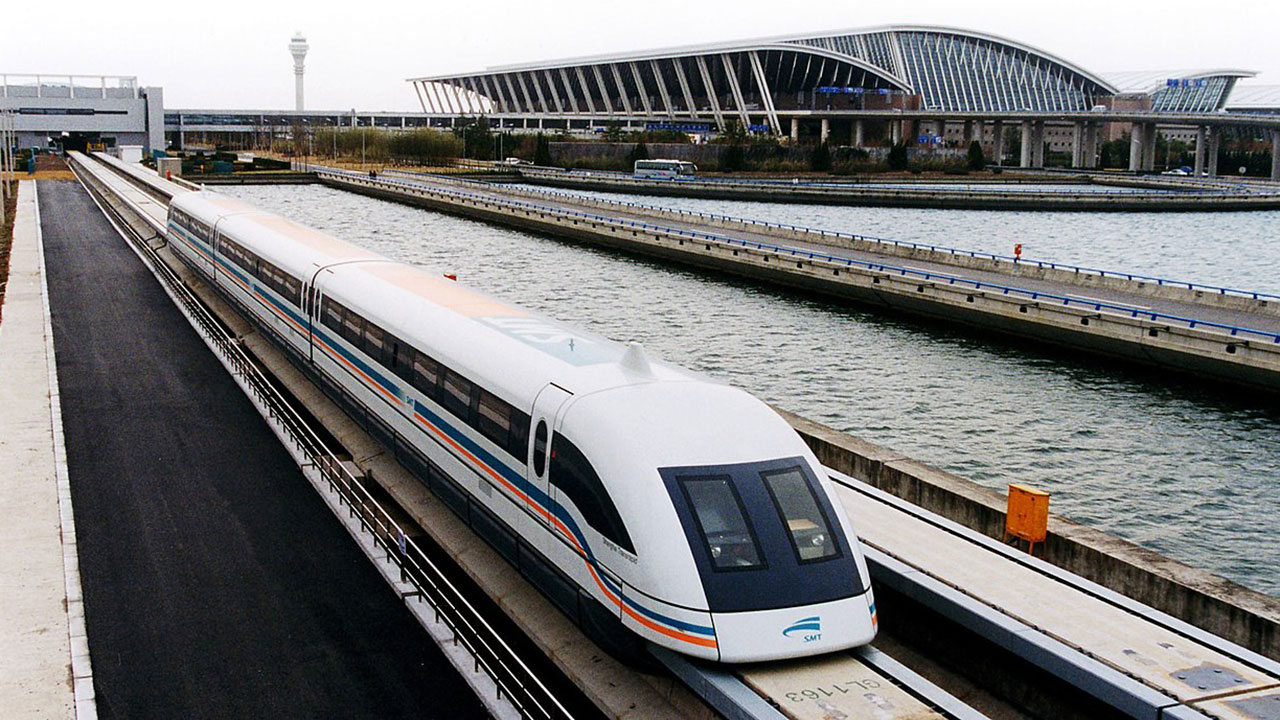
Dedicated High-Speed Rail Lines
One of the key factors enabling bullet trains to operate at high speeds is the development of dedicated rail lines. These tracks are designed to accommodate the unique requirements of high-speed travel, with gentle curves and gradual inclines. By minimizing interference from slower, conventional trains, these lines ensure that bullet trains can maintain their speed and schedule.
Continuous track maintenance is essential for safety and performance. Regular inspections and upgrades help prevent track deformation and other issues that could compromise speed and safety. This ongoing investment in infrastructure is crucial for maintaining the reliability of high-speed rail networks.
Innovative Station Designs and Urban Integration
Strategically located stations play a significant role in reducing overall travel time. By positioning stations within or near urban centers, bullet trains improve accessibility and convenience for travelers. This integration with existing public transport systems creates multi-modal hubs that facilitate seamless transitions between different modes of transportation.
These innovative designs not only enhance the passenger experience but also contribute to the economic vitality of the areas they serve. By connecting cities more efficiently, bullet trains stimulate economic activity and foster regional development.
Economic and Environmental Impacts
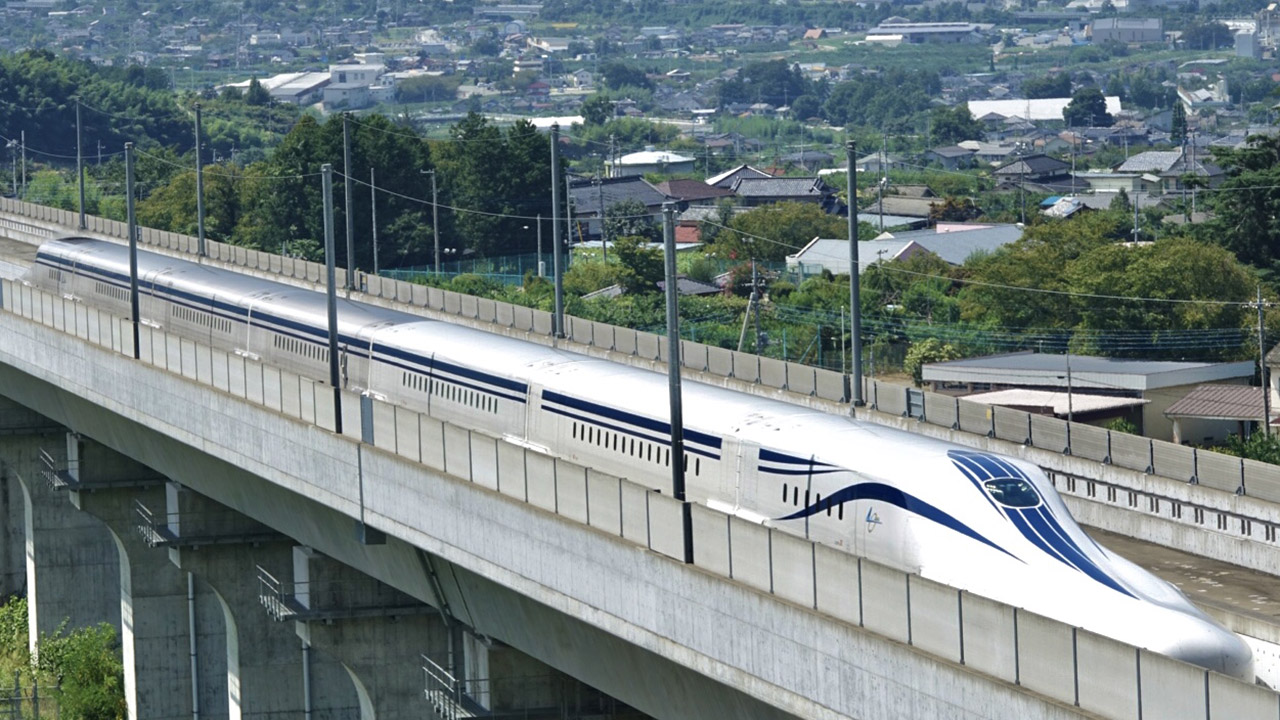
Boosting Economic Connectivity
By significantly reducing travel times, bullet trains bridge major business hubs, fostering economic growth and collaboration. The ease of travel between cities encourages the exchange of ideas and resources, which can lead to increased investment and job creation. Regional development is further enhanced by the improved accessibility to remote areas, allowing them to participate more fully in the national economy.
The presence of high-speed rail can also boost property values and attract businesses to areas previously considered too remote. This ripple effect contributes to a more balanced economic landscape, mitigating the traditional urban-rural divide.
Environmental Benefits of High-Speed Rail
High-speed rail systems offer a more environmentally friendly alternative to air and car travel. Bullet trains boast a significantly lower carbon footprint, particularly when powered by renewable energy sources. The electrification of rail networks further enhances their sustainability by reducing reliance on fossil fuels.
Through the adoption of green technologies, such as solar panels and wind energy, bullet trains continue to align with global sustainability goals. These efforts not only reduce emissions but also set a precedent for other transportation sectors to follow.
Case Studies and Global Comparisons
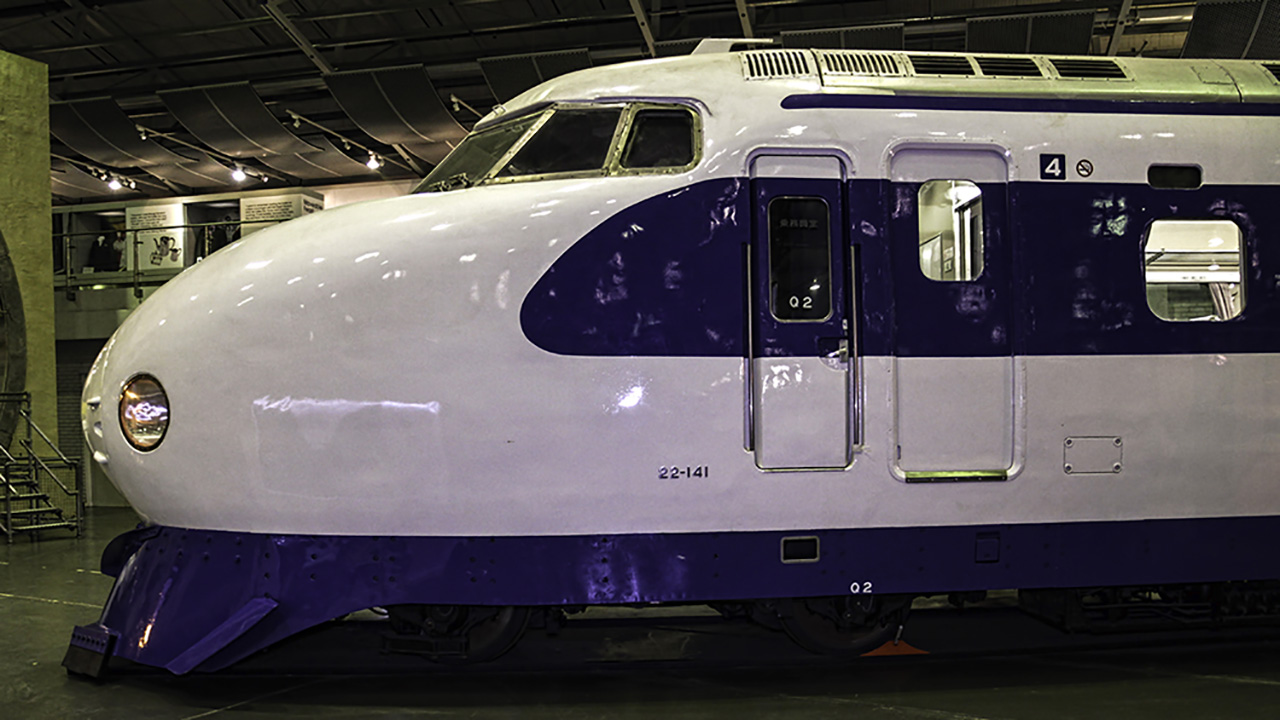
Japan’s Shinkansen: A Pioneering Model
Japan’s Shinkansen, often regarded as the gold standard for high-speed rail, has been instrumental in reducing travel times since its launch in the 1960s. This pioneering model has not only improved domestic connectivity but also inspired similar projects worldwide. The Shinkansen’s success lies in its reliability, safety record, and seamless integration with Japan’s broader transportation network.
Despite its achievements, the Shinkansen faces challenges, such as aging infrastructure and competition from emerging technologies. Nonetheless, its influence on global high-speed rail development remains undeniable, serving as a blueprint for countries seeking to enhance their transportation systems.
Emerging High-Speed Rail Projects Worldwide
Countries around the world are investing in high-speed rail to improve travel efficiency and connectivity. For instance, India’s ambitious project, expected to revolutionize travel between major cities like Delhi and Patna, aims to cut travel times dramatically. By 2030, this initiative, supported by Japan’s Shinkansen technology, is projected to transform India’s rail travel landscape.
Each country’s approach to high-speed rail is shaped by local needs and conditions. While some focus on enhancing domestic travel, others emphasize cross-border connectivity. These diverse strategies highlight the adaptability and potential of high-speed rail technology in addressing various transportation challenges.
Future of High-Speed Rail Travel
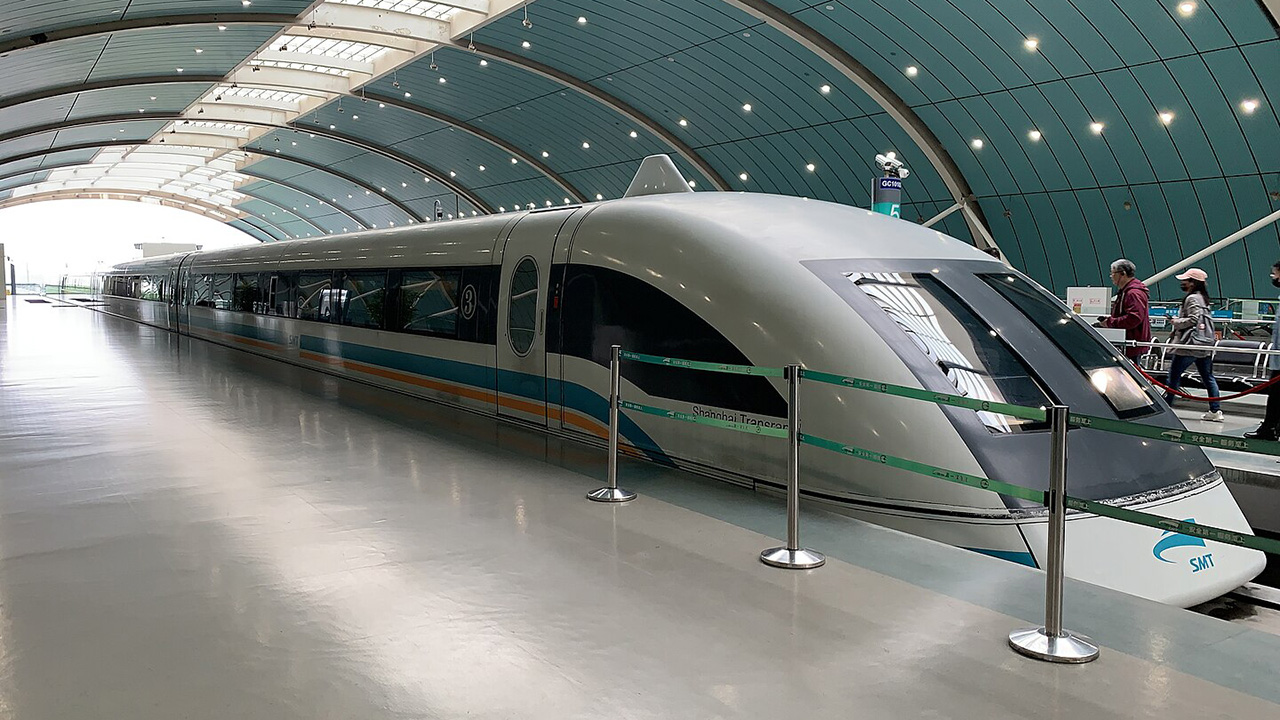
Technological Advancements on the Horizon
As technology continues to evolve, the future of high-speed rail looks promising. Innovations such as hyperloop technology, which promises even faster travel times, are on the horizon. This emerging technology aims to propel passenger pods through vacuum tubes at unprecedented speeds, potentially revolutionizing the way we think about distance and travel.
Ongoing research into faster and more efficient rail systems is vital for maintaining the competitive edge of high-speed rail. By embracing these advancements, the industry can continue to offer a compelling alternative to other modes of transportation.
Challenges and Opportunities in Global Expansion
While the prospects for high-speed rail are exciting, several challenges remain. Funding, land acquisition, and political hurdles can impede the expansion of rail networks. However, these obstacles also present opportunities for international collaboration and technology sharing, as countries work together to overcome common barriers.
The global expansion of high-speed rail offers a chance to redefine travel and connectivity. By leveraging shared knowledge and resources, nations can build a more connected world, where travel is not only faster but also more sustainable and accessible for all.
Like Fast Lane Only’s content? Be sure to follow us.
Here’s more from us:
*Created with AI assistance and editor review.

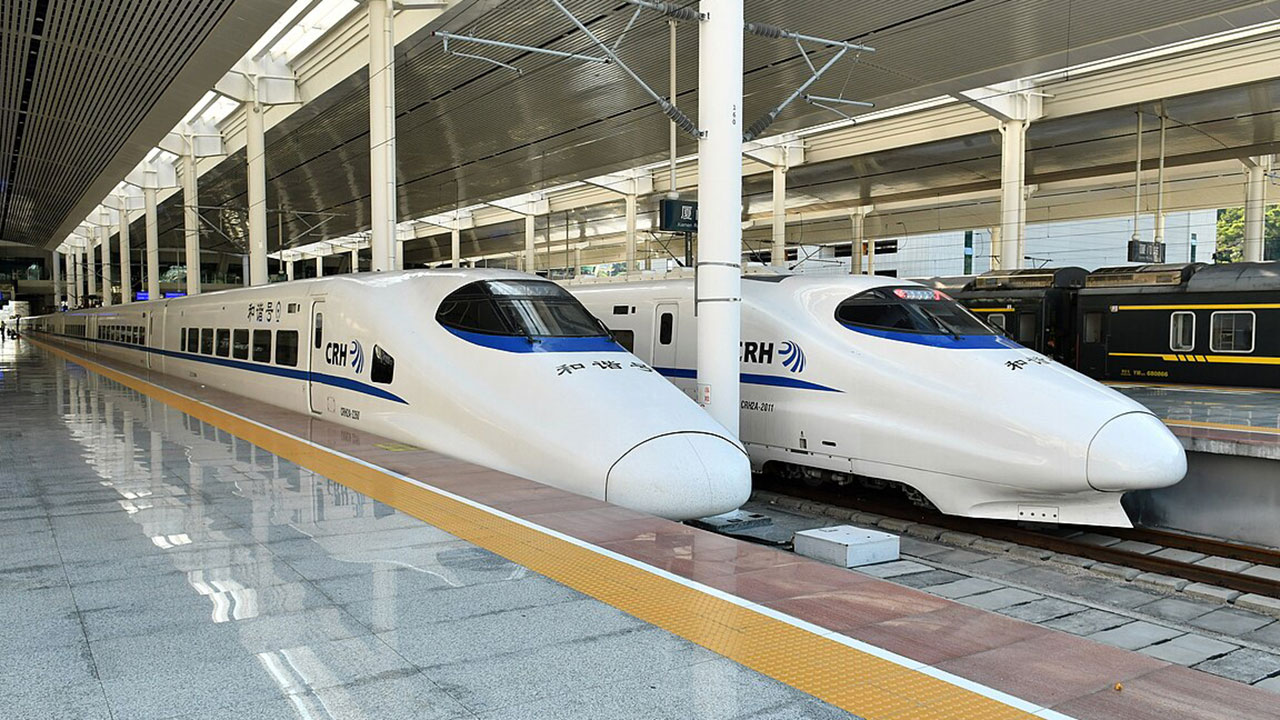





Leave a Reply